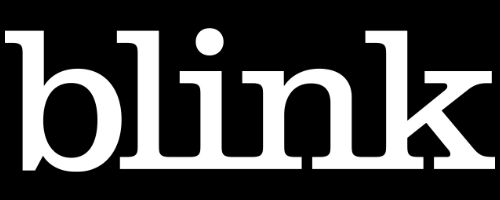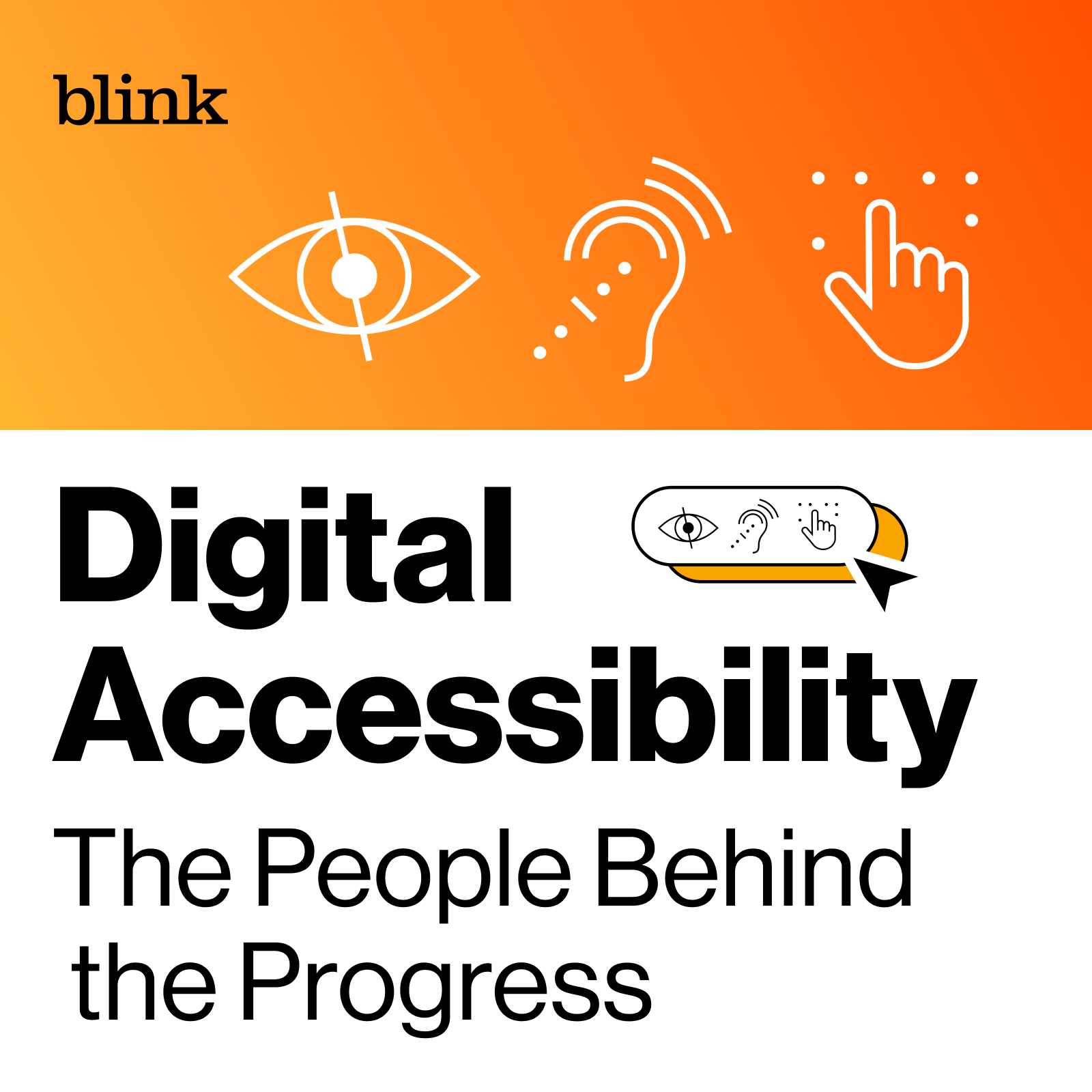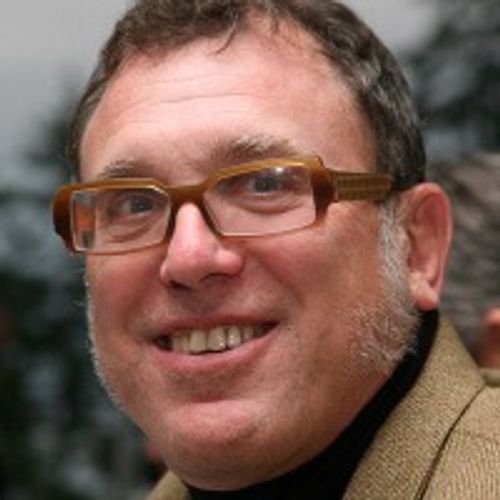Episode 8
Tapping Into the Commitment Compliance Continuum
Jeremy Katherman, USAA, Lead Accessibility Advisor
Jeremy talks about his early work with accessibility through tech support at his university. After that he has enjoyed a lengthy career at USAA where he helped build an accessibility team that supports activities throughout the organization.
Mentioned in this episode:
Info about Accessibility at Blink
Transcript
(upbeat music)
Speaker:- Hello, this is Digital Accessibility,
Speaker:the People Behind the Progress.
Speaker:I'm Joe Wilinski, the creator and host of this series,
Speaker:and as an accessibility professional myself,
Speaker:I find it very interesting as to how others have found
Speaker:their way into this profession.
Speaker:So let's meet one of those people right now,
Speaker:and hear about their journey.
Speaker:(upbeat music)
Speaker:All right, here we go with another podcast episode
Speaker:where I have the fortunate opportunity to talk
Speaker:with an accessibility practitioner,
Speaker:and today I am meeting with Jeremy Katherman.
Speaker:Hello, Jeremy, how are you today?
Speaker:- Hello, Joe, great.
Speaker:It's good to talk with you.
Speaker:- Well, I'm in my Vashon Island home office,
Speaker:which is near Blink's headquarters office in Seattle.
Speaker:Where are you located?
Speaker:- I'm in San Antonio, Texas
Speaker:in my office.
Speaker:- Oh, all right.
Speaker:A home office there?
Speaker:- Yep.
Speaker:- Well, it's good to have you, to chat with you
Speaker:about your journey in accessibility.
Speaker:Good place to start is always what you're involved
Speaker:with right now.
Speaker:- What I'm involved with right now, boy.
Speaker:So I work for a company called USAA,
Speaker:and I'm their lead accessibility advisor,
Speaker:and I'm continuing to build up
Speaker:the accessibility office there, and we've got a good team.
Speaker:We're continuing to grow.
Speaker:And I work to help our members
Speaker:with disabilities be able to access
Speaker:the USAA's goods and services.
Speaker:- Well, it's a big organization.
Speaker:I'm sure that's a really big job,
Speaker:and I definitely wanna talk about it
Speaker:in a little bit more detail, but why don't we start
Speaker:by just kind of going back in time,
Speaker:and maybe if you can pick out some of the early areas,
Speaker:or earlier times in your career where you,
Speaker:life or career that you started to think
Speaker:about accessibility.
Speaker:- Sure, so way back when, I had a kind of tech support job
Speaker:at the university, and one of the tech support jobs was
Speaker:to take care of the disabilities lab.
Speaker:So I got a lot of practice with screen reader software
Speaker:like JAWS, and it was kind of a opportunity for me
Speaker:to make a niche.
Speaker:And I just, yeah, I've always wanted to help people,
Speaker:and it was a good opportunity from there.
Speaker:I continued to develop my career,
Speaker:and I wanted to be a web programmer.
Speaker:Actually joined USAA as a network engineer,
Speaker:and then moved over to web programming,
Speaker:where accessibility came back,
Speaker:and I had an opportunity to work on with some great folks
Speaker:on some accessibility, digital accessibility work,
Speaker:and just kind felt like I had found something
Speaker:that really motivated me,
Speaker:and it's something that I enjoyed doing,
Speaker:and I've been sticking with it,
Speaker:and enjoying the opportunities to help
Speaker:make the world a better place through accessibility.
Speaker:- Well, yeah, let's just kinda stop at the point
Speaker:where you mentioned your work at the university level.
Speaker:Where was that at, what school?
Speaker:- I was at Brigham Young University in Provo, Utah.
Speaker:They had a, I'm not sure I remember what it was called
Speaker:anymore, Center for Disabilities,
Speaker:but I worked with the folks there, got to know
Speaker:some great folks just helping 'em to do research,
Speaker:and get their software fixed,
Speaker:'cause that was my job at the time.
Speaker:Interestingly, I met, a few years later back in San Antonio,
Speaker:I met another person that I had helped there,
Speaker:and it was great to connect again.
Speaker:- And so at the university, that's an area
Speaker:where quite a lot of accessibility practitioners get
Speaker:their start in supporting a university department like that,
Speaker:so I imagine you had some decent resources,
Speaker:and mentors, and guidance to start informing you
Speaker:about what accessibility was all about.
Speaker:- My, at the university, it was mostly
Speaker:about the tech support, and I learned kind of as I could,
Speaker:and the leader there of the Center for Disabilities was able
Speaker:to help me a little bit, but most of my passion
Speaker:around accessibility came when I started working at USAA.
Speaker:I had a great mentor in Rob O'Connell,
Speaker:who helped me to kinda hone my my craft a little bit,
Speaker:and get my feet under me,
Speaker:and together, we've built a team at USAA.
Speaker:- Well, you've been doing that for quite a while now.
Speaker:I imagine that's been a big effort.
Speaker:How have things evolved at USAA over the time
Speaker:that you've been involved with accessibility there?
Speaker:- Oh, it's changed a lot.
Speaker:So initially, it was very much design-focused,
Speaker:and they were just, Rob was doing it by himself
Speaker:for a long time, and I joined him,
Speaker:and slowly, we continued to grow the team.
Speaker:Of course, organizational changes, and leadership changes,
Speaker:we moved around quite a bit within the organization
Speaker:as you do at big organizations, but over time,
Speaker:we continue to grow and mature,
Speaker:and from each organizational change, learn a little bit,
Speaker:bring in some of the strengths from that organization.
Speaker:We worked in the document space for quite a while,
Speaker:and that was great to establish some relationships there
Speaker:with the folks working on making digital documents
Speaker:accessible, and we developed new tools to help understand
Speaker:what our members' preferences are as far as communications,
Speaker:and built out our team with experts from different areas
Speaker:of accessibility, including facilities,
Speaker:and a lot of digital accessibility of course,
Speaker:and documents, and yeah, ups and downs,
Speaker:but it's been a great ride.
Speaker:- Well, how is it organizationally set up now?
Speaker:Is accessibility sort of like a top level that supports
Speaker:all parts of the organization, or do individual departments
Speaker:or divisions take responsibility for accessibility
Speaker:for whatever product they're working on?
Speaker:- Good question.
Speaker:So we kind of had a hybrid model for quite a while,
Speaker:where accessibility testing was centralized,
Speaker:and the different areas of the business would request
Speaker:accessibility testing to be done,
Speaker:but ultimately, they were responsible
Speaker:for their own accessibility.
Speaker:Since then, we've kind of evolved, and the responsibility
Speaker:for even doing the testing has been moved out
Speaker:to the areas of the business, and that's required
Speaker:a lot of training, and it's been kind of a bumpy ride,
Speaker:but I think it's the right model,
Speaker:just at least for us, because we just couldn't scale
Speaker:to the degree to be able to adequately serve our members,
Speaker:and provide the accessibility testing that we needed.
Speaker:- You mentioned your team a couple of times.
Speaker:How is your team configured with types
Speaker:of roles do you have within your accessibility organization?
Speaker:- We have some folks that came from accessibility testing.
Speaker:Some folks that came from accessibility design,
Speaker:accessible design, and some folks that came
Speaker:more from a digital standpoint.
Speaker:We've got folks that are responsible
Speaker:for managing the accessibility
Speaker:of our third party relationships and procurement.
Speaker:And then we've got our leader,
Speaker:Mary Gates is certified in ergonomics,
Speaker:and we've got a lot of really great skill and expertise
Speaker:on the team in diverse areas that we all kind of bring
Speaker:together to lead, and guide, and train, and push
Speaker:the enterprise in the direction that we wanna go.
Speaker:- And you mentioned, I believe you mentioned
Speaker:that it's digital services,
Speaker:and also facilities that you have to address.
Speaker:That's definitely, there are definitely
Speaker:a lot of different things
Speaker:between those two different parts of accessibility.
Speaker:Now, how is that balanced,
Speaker:and what types of things do you do on the facility side?
Speaker:- That's a good question.
Speaker:So with the COVID pandemic, our facilities have been
Speaker:largely closed, which has allowed us to be able to focus
Speaker:on some of our digital maturity, and policies,
Speaker:and standards, but we had a member of our team
Speaker:who's a master architect, and familiar with the laws,
Speaker:and then we also worked with various third parties
Speaker:to be able to do assessments,
Speaker:and kind of understand what our state was,
Speaker:and work on policies and procedures to ensure
Speaker:that the facilities are being maintained
Speaker:in an accessible way, and adhere to applicable laws,
Speaker:and that we manage that appropriately
Speaker:so that things don't get out of control.
Speaker:- On the digital accessibility side,
Speaker:do you work with designers to educate them
Speaker:on how to bring accessibility into their role
Speaker:if they're not familiar with it?
Speaker:Or is it more of consulting
Speaker:where your team gets actively involved
Speaker:with the design of new products?
Speaker:- It's a little bit of both.
Speaker:So of course, we work very hard to bring folks,
Speaker:to train folks in accessibility awareness for disabilities
Speaker:and design.
Speaker:We've some really great trainings on designing
Speaker:accessible products that help to expand
Speaker:thinking outside the box as far as accessibility.
Speaker:One of the major values that USAA is innovation.
Speaker:We've done innovation challenges centered
Speaker:around accessibility, and that gets them to
Speaker:reinforce that through trainings, and awareness,
Speaker:and campaigns, and such with designers, and developers,
Speaker:and whomever, but then corollary to your question,
Speaker:of course, is the other part of that,
Speaker:which is the consulting part, and it's not all
Speaker:about just helping people become committed
Speaker:and care about accessibility.
Speaker:It's also getting down and solving difficult problems.
Speaker:And so that may mean that we spend time working
Speaker:directly with the development team,
Speaker:or with a design team to solve difficult problems
Speaker:to be able to serve our members with disabilities.
Speaker:- I imagine with probably so many projects going on there
Speaker:that you have solutions in some cases that can be applied
Speaker:across different projects, and other things that are unique.
Speaker:Is there a knowledge base, how do you track what you've done
Speaker:and what's available moving forward to help
Speaker:in new development efforts?
Speaker:- I'm not sure.
Speaker:Rephrase your question.
Speaker:- Well, I'm sure that you're always coming up
Speaker:with a lot of solutions for new design issues
Speaker:that may come up, accessibility solutions,
Speaker:and then that has some development component.
Speaker:Is there some format that you use for making sure
Speaker:that you keep track of the solutions that you've come up
Speaker:with so that you can bring those
Speaker:into other situations in the future?
Speaker:- Yeah, of course.
Speaker:So there are two major ways that we do that.
Speaker:We have a component library in which we try to bake in
Speaker:accessibility into those components.
Speaker:So as we learn patterns and things that work,
Speaker:we'll bake those into the components,
Speaker:make them easier for designers and developers to use.
Speaker:And then in addition, we track on a internal website
Speaker:kind of some of our governance decisions
Speaker:and patterns that we've established
Speaker:for reference by our accessibility advisors.
Speaker:- There's probably a lot of things
Speaker:that you've been really satisfied with over the years.
Speaker:Looking forward, are there any areas,
Speaker:maybe not specifically USAA, but just generally that you see
Speaker:as areas for accessibility practitioners
Speaker:to be paying attention to in the coming years,
Speaker:maybe areas that you feel still need a lot more effort?
Speaker:- Boy, there's a lot of work that needs to be done.
Speaker:I think that the technical problems will get solved.
Speaker:For me, the thing that really is the difficult problem
Speaker:to solve is changing people's minds
Speaker:about accessibility and about disabilities.
Speaker:There's so much bias and counter motivations
Speaker:to have to overcome, and I think that's, to me,
Speaker:that's the greatest challenge is to get into people's,
Speaker:to tap into their motivations,
Speaker:and help them to change their minds about accessibility,
Speaker:whether it be a business leader,
Speaker:or a developer, or designer.
Speaker:I've been very fortunate in that accessibility aligns
Speaker:very closely with USAA's mission,
Speaker:and I have not had a whole lot of pushback,
Speaker:although it happens.
Speaker:But I've thought a lot about this, and I think of it
Speaker:in terms of a continuum for motivation.
Speaker:I call it the commitment compliance continuum,
Speaker:and on one side, and you wanna tap into what drives people,
Speaker:and try and move them along that continuum
Speaker:towards being committed to accessibility.
Speaker:But somewhere along that line, they're gonna,
Speaker:they're doing accessibility for, either because
Speaker:they're committed to it and they want to do it,
Speaker:or because they're checking the box,
Speaker:and they want to be compliant.
Speaker:And knowing what motivates people, I think, is
Speaker:so important to being able to get accessibility done
Speaker:so that everyone is able to have an equal experience,
Speaker:and the accessible experience that they deserve,
Speaker:and sometimes that means pulling compliance kind of levers.
Speaker:Sometimes that means pushing them
Speaker:to be committed to accessibility,
Speaker:but they're gonna be somewhere in between there.
Speaker:And hopefully over time, you can change people's minds,
Speaker:and push them along from doing it because they have to,
Speaker:to doing it because they want to,
Speaker:and I think that would be the biggest challenge is to help
Speaker:people want do accessibility, because they want to help
Speaker:everyone, help folks with disabilities, help themselves
Speaker:later in life when everyone gets a disability,
Speaker:and yeah, I think that's the biggest challenge.
Speaker:- Well, Jeremy, it's been great to have the opportunity
Speaker:to hear a little bit about your journey,
Speaker:and how things are are going at your organization,
Speaker:so thank you for taking the time to share
Speaker:your expertise in this area.
Speaker:- Oh, my pleasure.
Speaker:Thanks for having me, Joe.
Speaker:- Thanks a lot.
Speaker:Bye bye.


